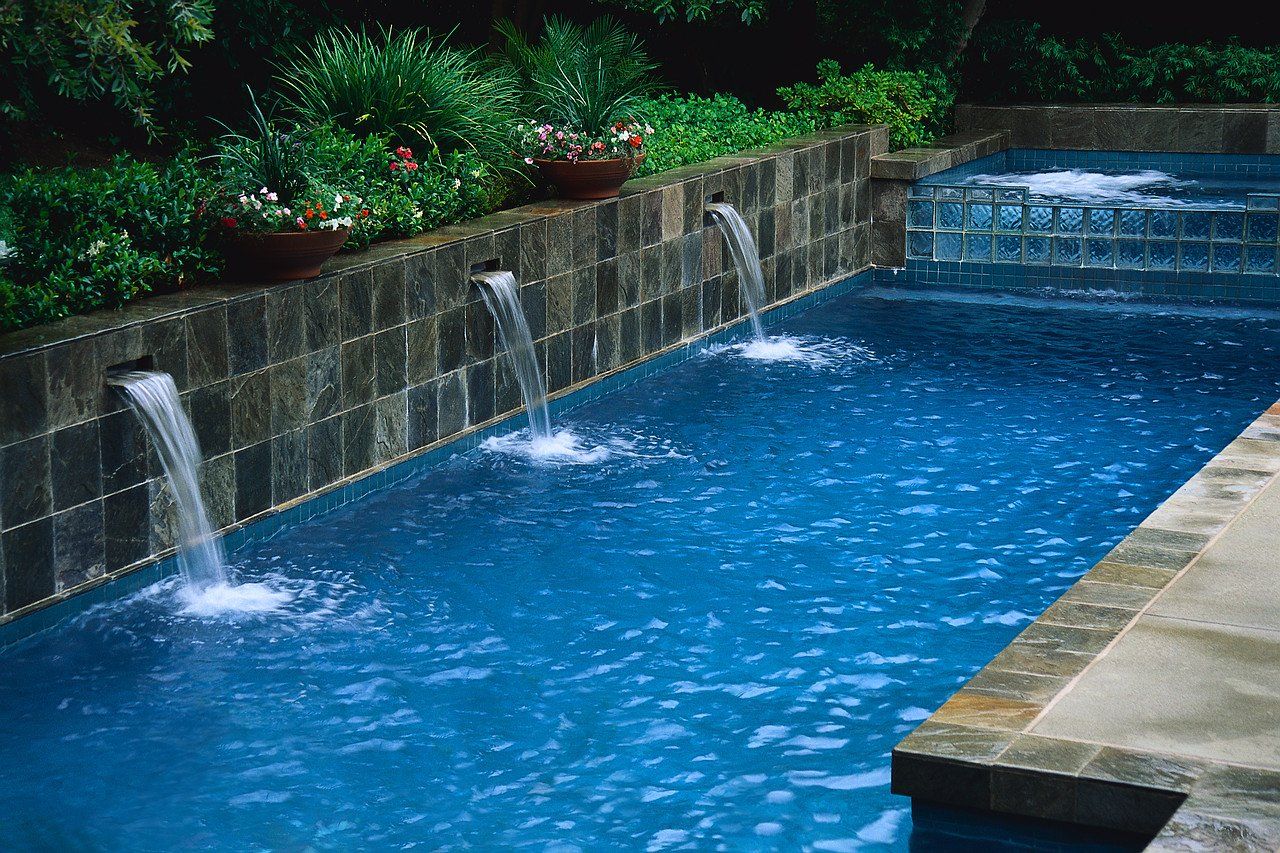HOW TO TEST YOUR POOL WATER
If you want to test the water in your pool,
evenings are the best time to do it. And when you decide to use test strips, just ensure that water doesn’t get into the test strip containers, as they will be contaminated. Also, it is advisable for you to choose a section of the pool in which water doesn’t flow from the
filtration system of the pool. So, once you’ve found the section, submerge the strip elbow deep into the water, and give it thirty seconds to elapse, and then check for coloration.
And when you are using a reagent kit, choose a suitable section in the pool, dip it into the water until the water touches your elbow. Then add the proper number of drops and compare with the chart. When testing your pool water, ensure that heed to the following instructions:
Before conducting the test, always ensure that it's done after four hours or more have elapsed since the last swimming exercise. Also, conduct the test four times a week. And after windstorms and rain, you will have to wait for at least 8-12 hours before conducting the test.
It is not advisable to conduct the test during the weekends as your neighbors may be mowing their lawns, which means there could be chemicals and debris flying through the air, where they could end up in your pool, impacting your readings negatively.
If you are used to getting normal readings for over 3 weeks, then all of a sudden, there is a spike or a dip in your reading, you should wait for 24 hours to take another reading. Chances are that the spike or dip will correct itself. But if the readings are no different, after another day, then consider adjusting the ph in your pool. Ensure that you make some minor adjustments rather than going overboard. And once you’ve done any of these adjustments, you will need to wait for 6 hours before testing the water. Also, after adding chemicals into the water, always wait for 6-8 hours before you test the water.
When applying chemicals into the pool, always remember to exercise caution. You should never dump all the chemicals at once. You should wait for at least 4-6 hours in between the application of different chemicals. You don’t want an explosion in your pool, do you? I know you don’t want that! Also, never put calcium hydrochloride in the chlorinator, and especially if chlorine tablets are in the picture. You should never add shock to the pool skimmer, or you will risk your entire filtration system.
Late Sunday afternoon is the most appropriate time to shock your pool. The reason being, no one will be swimming for another 24 hours, which means that your pool will be able to settle after shocking it. So, shock the pool after sunset, and it will have the entire night for it to settle. Also, before adding the pool shock, ensure that you wait for at least 4 hours after adding an algaecide.
POOL CLEANING SERVICES SIMPLIFIED.
We treat every pool as if it's our own and take it quite seriously (maybe a little too seriously). We just believe in treating our clients the way we would want to be treated.
Founder




